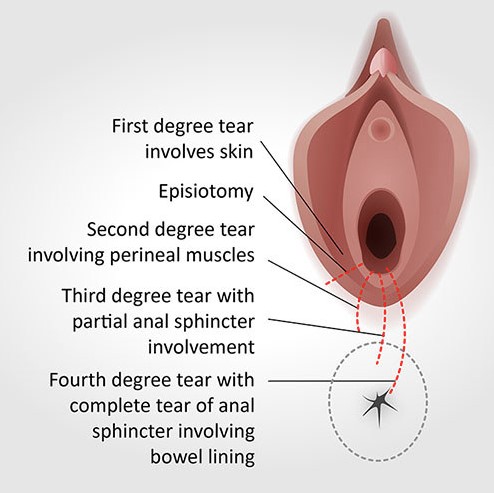
by swphysioad | Jun 24, 2025 | Uncategorized
Did you know we run birth preparation classes right here in our clinic in conjunction with theBorn Ready course? If you’re looking for a course that goes beyond the basics—something that gives you real insight,confidence, and control—Born Ready might be exactly...

by swphysioad | May 23, 2025 | Uncategorized
How does weight gain effect incontinence and prolapse? A person with Body Mass Index (BMI) of 26 or above can have higher intra-abdominal pressure inside the abdomen and pelvic organs (such as the bladder, uterus and bowel are stretched). This increased pressure in...

by swphysioad | Apr 26, 2025 | Uncategorized
There are 3 stages of labour for a vaginal delivery: The First Stage: This is when uterine contractions begin and your cervix starts to dilate. The first stage is broken down into 3 phases: The Latent phase: Cervix opens from 0-3cm Contractions are short and...

by swphysioad | Mar 27, 2025 | Uncategorized
Bladder pain syndrome/interstitial cystitis refers to long term pain in the bladder often accompanied by other urinary symptoms including urgency and or frequency. Hunner lesion disease refers to someone that is experiencing the symptoms of bladder pain/interstitial...

by swphysioad | Feb 3, 2025 | Uncategorized
What is De Quervain’s? De Quervain’s tendinopathy – often referred to as “mum thumb” is a condition that causes pain and swelling in the tendons at the base of your thumb and wrist. The swelling of the wrist and thumb tendons become...

by swphysioad | Jan 12, 2025 | Uncategorized
What are Perineal Tears? To understand what perineal tears are, we first need to understand some of the anatomy. The perineum is the area of skin between your vagina and anus. A perineal tear is a common birth injury within that space, and there are different...








